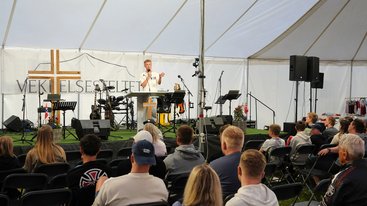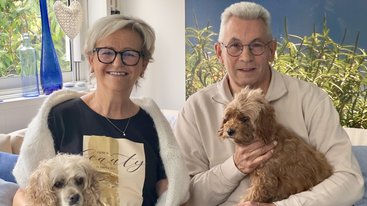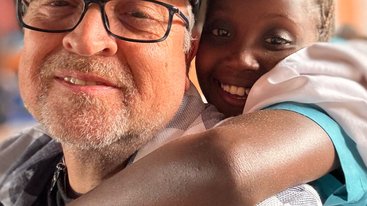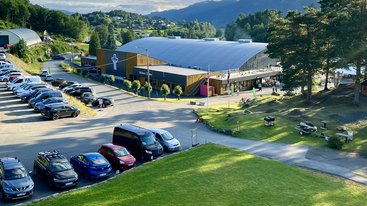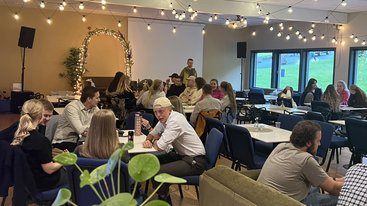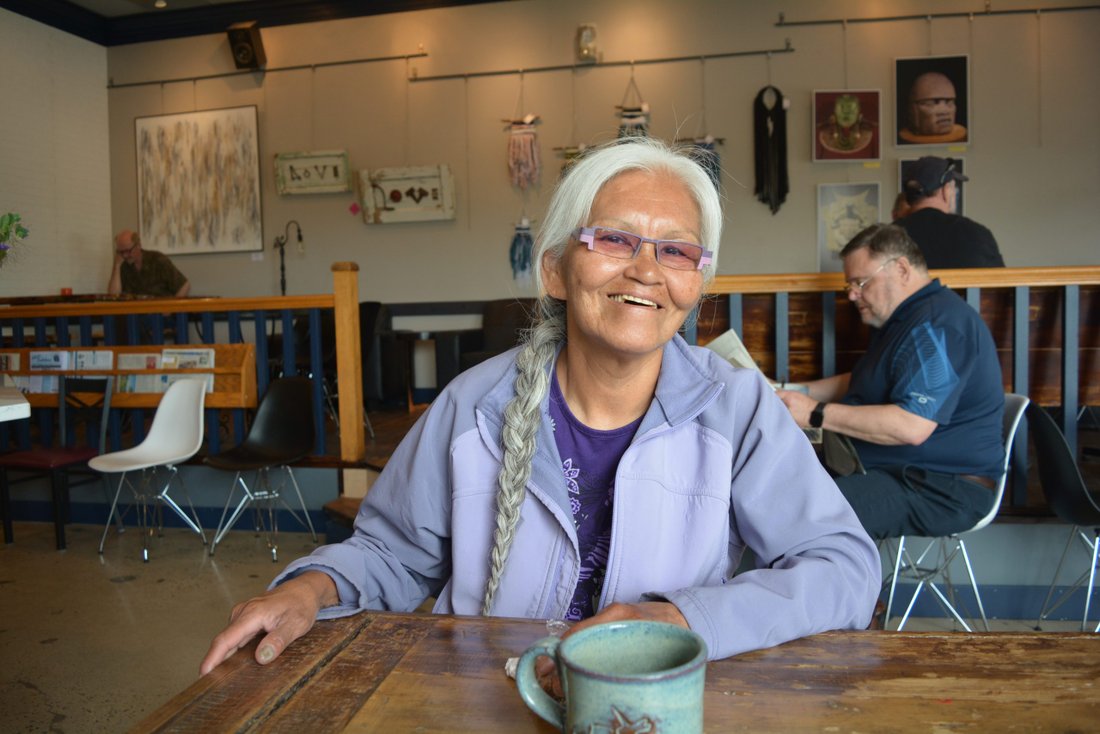
The Canadian aboriginal who forgave
The grandmother who put 25 years of hatred and drugs behind her.
– I want to be an example for my grandchildren. My dream is also to go up to the reserves in the north of Canada to bring healing to others through what God has done for me. I used to hate everyone. Now I love all Canadians, and people from other nations around the world as well, shares the grandmother who has put 25 years of hatred and drugs behind her.
As a six-year-old, Brenda Cyr was one of the 150,000 aboriginal children in Canada who were forcibly sent to residential schools for the indigenous population. The Canadian authorities started an integration system through private religious schools in the 1880’s, where the purpose was to assimilate the aboriginal populations into Canadian culture.
The thought was that if the assimilation began with the children, the Native Canadian culture and language would disappear by itself.
Most of the children were away from home 10 months a year. They were deprived of the lessons of growing up in a family, and many were unable to take care of their own children. They were only allowed to write home in English, a language most of their parents did not know. Thereby the children also lost their belonging.
– I grew up with my grandparents on a reserve in the province of Saskatchewan, not too far from Moosejaw, which has been in the news in Norway because of the competition for the biggest moose, Brenda laughs.
Taken by force
– Both my parents had gone to residential schools and struggled because of it. But my grandmother was a strong Catholic, she prayed all the time and taught me to be kind. She took me to church and not powwows.
-I remember one time when I had burned myself and my grandmother put an ointment she made on my burned skin. Where she put the mixture on my face, the skin completely healed, but an area on my arm that she overlooked, still has scars.
As a result of the residential schools, many reserves for the Aboriginals became extremely poor, families broke up and many became addicted to drugs. It led to what is called «the Sixties Scoop», where approximately 20,000 aboriginal children were taken from their homes and forcibly adopted, or placed in foster care. Some of the children came to loving homes, but many also experienced abuse and condescending treatment because of their background.
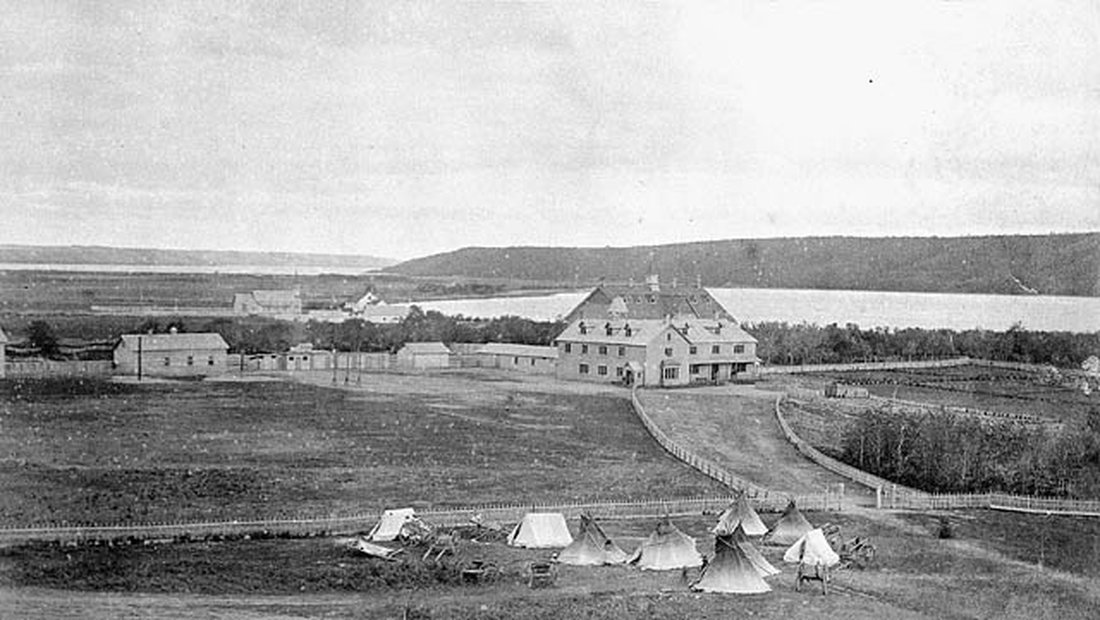
The boarding school in Lebret in Saskatchewan. Brenda was six years old when she was sent to a residential school. She used to go to lake front and sit and cry. ( archive photo)
– I was 6 years old when a team from indian affairs showed up at my grandparents’ place on the reserve. In the justification for taking me, it is stated that the house did not maintain a high enough standard.
-My grandparents were given the choice between placing me in a foster home or at a residential boarding school. They chose the school, and I was sent to the residential school in Lebret in Saskatchewan.
-Those were the three loneliest years of my life. I used to go to the lake next to the school and sit and cry. I didn’t understand why i didn’t see my grandparents anymore. I felt abandoned and lost. What makes me sad today was that I also lost my mother language, Saultiaux.
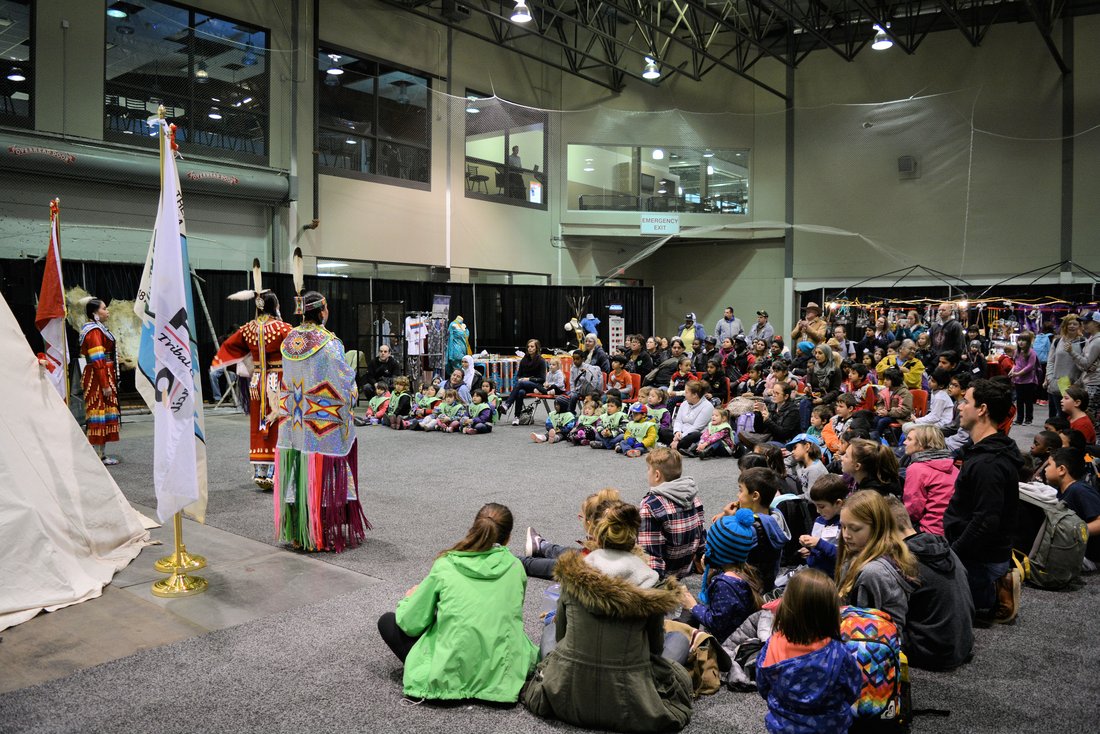
Compensation sums have been paid to aboriginals who were abused at the residentail schools. Here, Canadian schoolchildren learn about the history of Canada’s aboriginal on a field day in Regina, Saskatchewan. (Photo: Bente Rognmo Thakre)
Broken
When Brenda is asked what tribe she belonged to, she explains that the indigenous people of Canada no longer use the word tribe, but First Nation.
-We say that everyone in the indigenous population belongs to First Nation, and then we also belong to each of our Nations, which in my case is the Saulteaux Nation.
After three years at residential boarding school, Brenda contracted tuberculosis. She was moved to another school which made the distance to the hospital she received treatment at, even longeer.
– The third summer after starting residential school I got tuberculosis. I had to stay at a hospital close to Lebret. When school started again, a priest came for me. He said that me and my brother and our five cousins that were also living at my grandparents, were to be transferred to his school, which was the Muscowequan residential school.
-Because I had tuberculosis, we all had to go to the hospital to get TB pills as well. The principle, who was also a Catholic priest, drove us to the hospital every week for treatment. He became like a father figure to me because I had never had a father. He was kind and he used to buy me candy. And he talked to me. No adults ever talked to me except my teachers.
-Upon returning from a checkup, he told me to wait while the others went to the dining room to eat, as he had an errand for me to do. After the others left he said it’s in my office, let’s get it. When we came to his office, he raped me.
-I was in shock. I had to take the envelope he gave me to the kitchen where I also was supposed to eat my late dinnrr. I remember we had spaghetti. I still can’t eat spaghetti. I was unable to tell anyone what had happened. Sundays were the worst. Then I was forced to sit in church and listen to his sermon. I had nightmares and couldn’t sleep. The one who was my father figure betrayed me in the worst possible way.
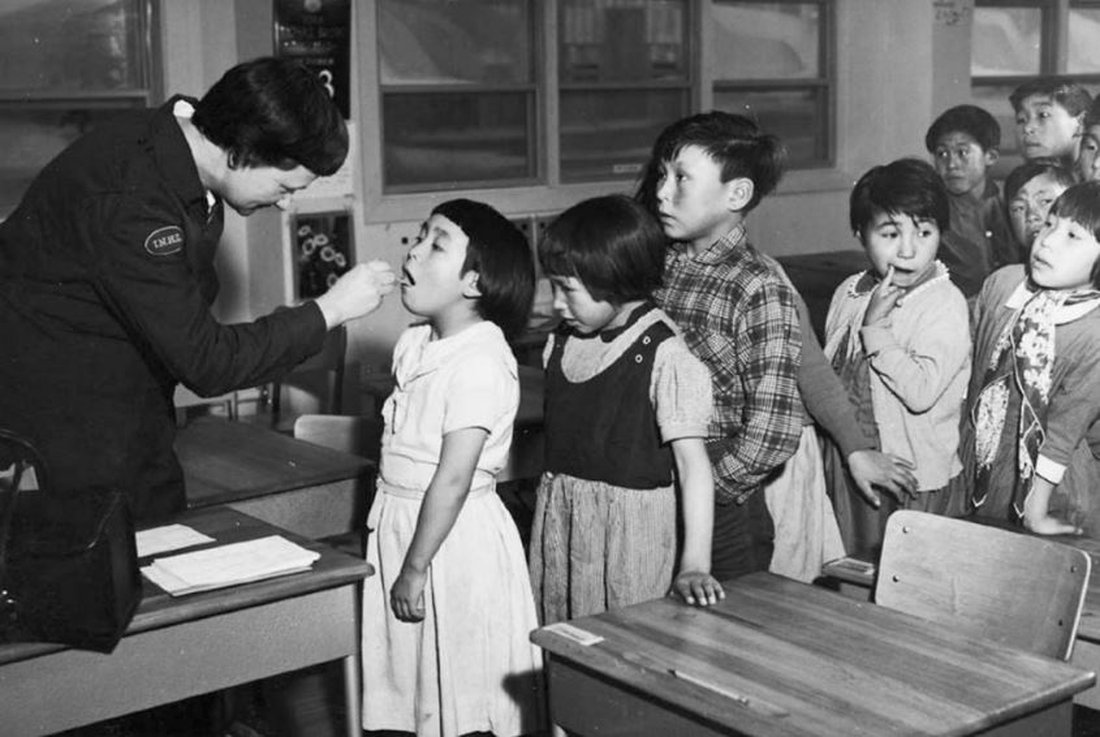
The indiginous children at the residential schools had to cut their hair and wear western clothes. They were also not allowed to speak their mother language among themselves. (archive photo)
Hated herself
For the next 28 years, Brenda turned to pills, drugs and alcohol to numb the pain. She had a daughter who also became a drug addict.
– I kept getting into fights and was stabbed several times. I lost my spleen. My jaw was broken three times, now I have a steel plate in it. I didn’t know I had to forgive to find healing. And you can only do that with God’s help.
-I tried everything. I was in and out of rehabilitation programs. I sought out my roots and practiced our native religion, But nothing helped.
-I tried to commit suicide six times. In 1995 I was declared dead, but they managed to bring me back to life. Today I believe that God still had a purpose for my life.
Between 1999 and 2003, Brenda ended up taking custody of her daughter’s three sons. When the child protection sevices first showed up, her worst fears came to life.
– I convinced them that I didn’t do drugs or drink in order to keep my first grandchild, so I had to stop and clean up. I got custody of the two other grandsons when they were born as well, and my daughter helped me as much as she could.
– It was sheer will power that enabled me to stop taking drugs and drinking. I didn’t want my grandchildren to be lost to us. But the hatred was still there. Hate against those who had stolen my land. But most of all, I hated being myself. I hated being a First Nation person. The abuse I had experienced caused me to live in shame, anger and humiliation.
Heart of stone
One of Brenda’s grandson’s eventually started attending a church. When he expressed a desire to be baptized, Brenda started coming to the meetings. This triggered memories of her childhood faith, and she began to seek God in earnest.
-Every time I opened the Bible, whether it was from the back, upside down or the right way, it opened to Ezekiel in chapter 36:
«And I will sprinkle clean water on you, so that you will be clean. I will give you a new heart, and a new spirit I will put within you. I will take away the heart of stone from your flesh and give you a heart of flesh. You will live in a land I gave to your fathers. You will be my people and I will be your God.”
– I really had a heart of stone and understood well what the words meant. It started a process in me where I began to seek God.
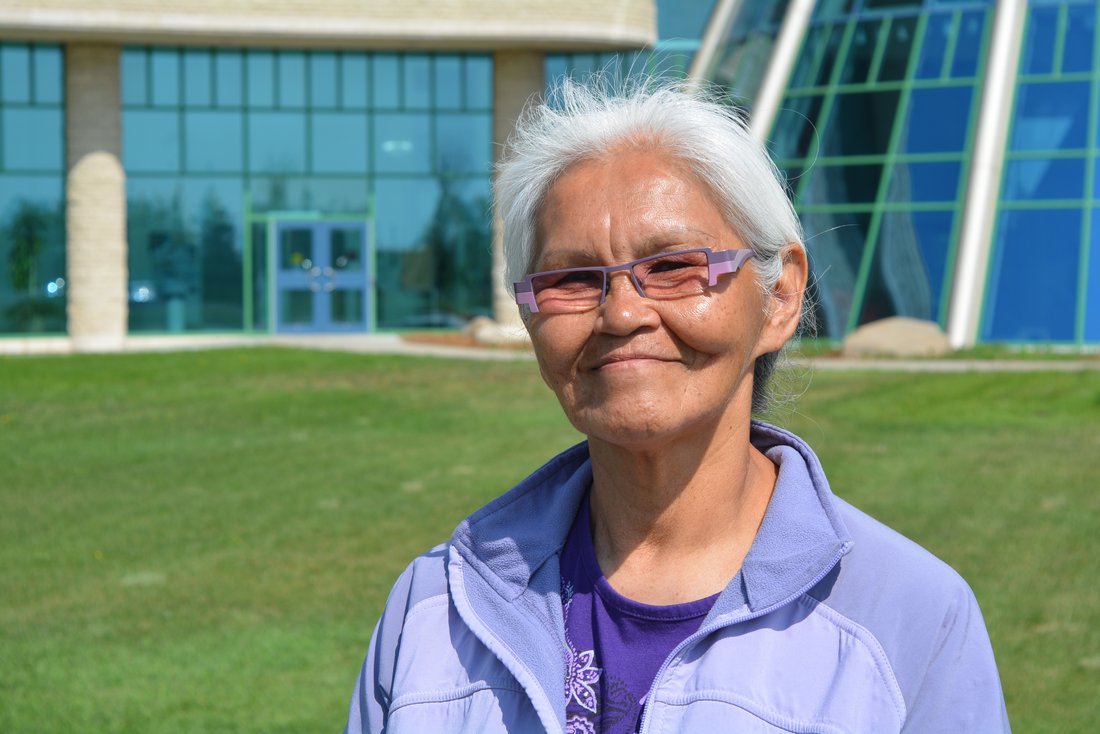
It took almost a lifetime before Brenda was able to tell what she had experienced at the boarding school. (Photo: Bente Rognmo Thakre)
Healing
In 2015, Brenda sought the support of a christian councelling service, as she realized that she needed more help.
– It was the first time I opened up and told about the abuse. That’s when the healing could begin. I was told that I should ask God to show me what I needed to do, and forgiveness was at the top of the list. But it was a challenging process that I got help with.
-I realized that I was loved by God, that He loves my people and that I have nothing to be ashamed of. My hatred slowly disappeared and I actually began to like people from other countries and nations.
-I especially love hearing stories about the Jews. They have also experienced a lot of pain and injustice, far moree than we ever did, even though we also went through emotional, physical, mental, verbal and spiritual abuse. Before I could only see myself, Now I saw others for the first time.
The test
The big test came in 2017 when Brenda’s daughter passed away. In connection with the funeral, she had to travel back to the George Geordon First Nation reserve where she grew up.
– It brought back memories. And I see that I will probably always have some scars. But the amazing thing was that the grief didn’t break me. The real test for me this time was if I was able to hold on to my sobriety in the middle of my grief.
-It was a tough time, but I did. I didn’t start getting high again. If my heart was still made of stone, it would be broken into a thousand pieces. But it is flesh and blood. It can be cured. Of course it hurt, but Jesus has been with me and given me peace and strength through the grief. I have also been able to be a source of strength for my family.
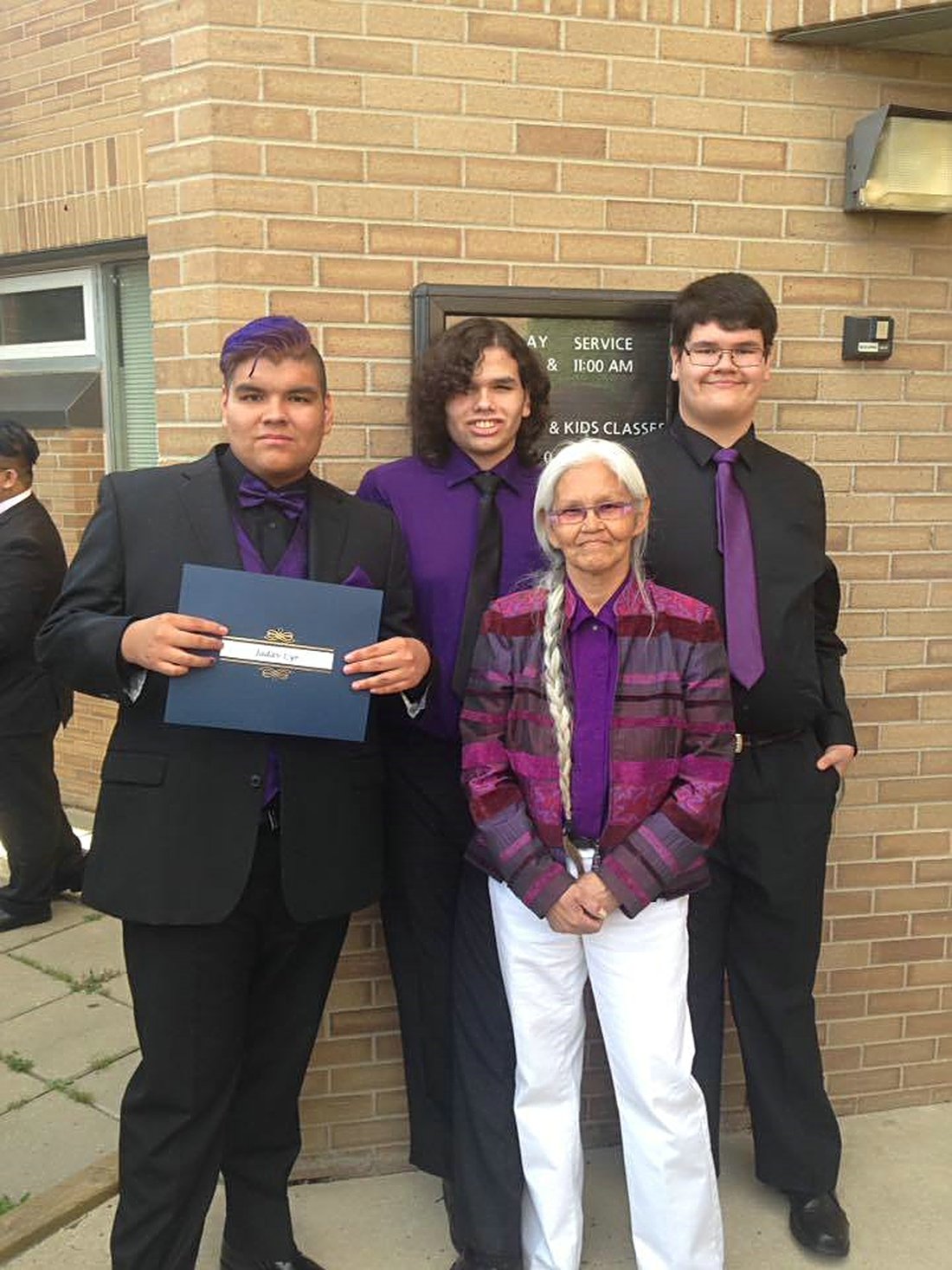
Brenda Cyr with the three grandsons she has raised. (Photo: private)
God’s plan is good
Brenda’s recovery launched a new phase in her life. This time, she says that she is pursuing God’s plan for her life, and it is full of good surprises.
– As I said, I am raising three boys who are my grandchildren. When it was time for tthe oldest one to start high school, Jadav said, «well grandma, you don’t have your grade twelve.»
That inspired me to sign up for an adult education program. I got my High School diploma in 2016, at the age of 56!
That led Brenda Cyr to pursue a university degree after graduating from high school
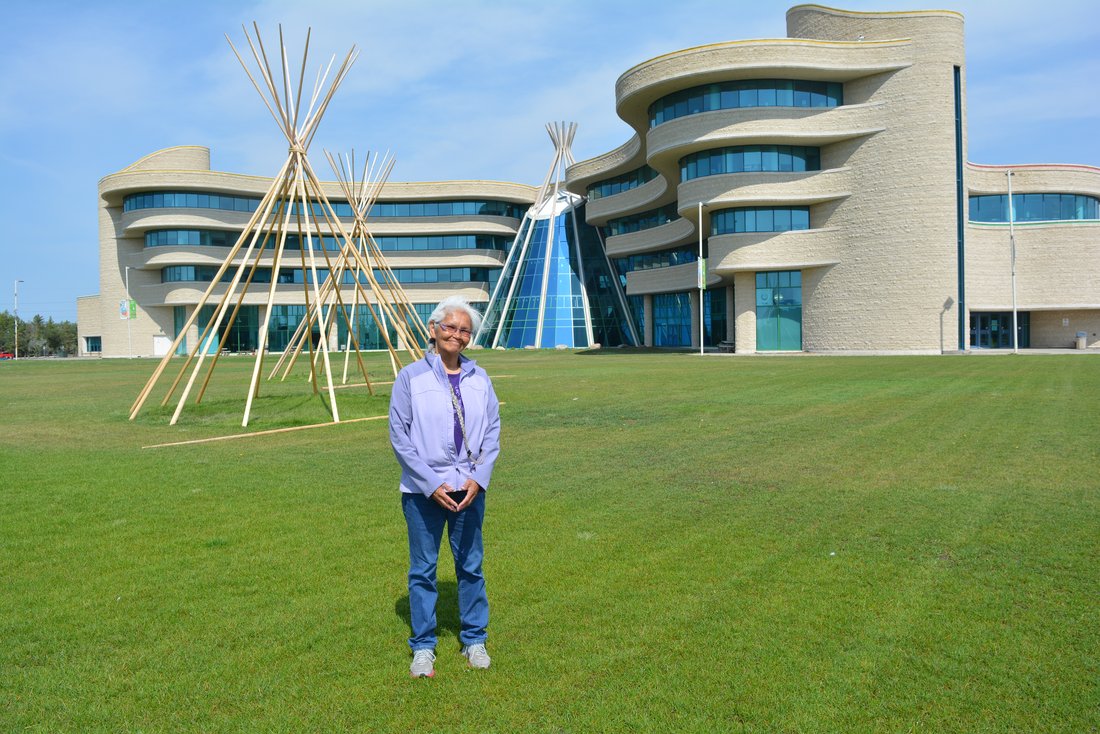
Brenda Cyr started a degree at the First Nation University in Regina at the age of 56! (Photo: Bente Rognmo Thakre)
After a year’s break, she enrolled at Canada’s First Nations University in her home city of Regina. She completed two years of her degree with a major in Psycology and with top marks in Saulteaux language classes, which is her mother language, as well as in indigenous arts.
Shares to give hope
Brenda uses any opportunity she can to share her story, such as visiting school classes on Orange Shirt day, or as it is officially called, Truth and Reconciliation day. She also got the opportunity to share her testimony with her Psycology class when they were studying PTSD, as well as in several churches.
One of her dreams is also tell her story to the First Nations.
-I have been given the opportunity to share my testimony with many different people. When they see that God can change someone like me, they will know that God can help them too, she says while beaming with a huge smile.
(Brenda had to take a break from completing her degree due to financial issues, but hopes to finnish iti when she turns 65 and admission is free for seniors)
First published in Troens Bevis magazine april 2019.




